Rutabaga is a winter vegetable rich in vitamins, fiber, and other nutrients. Rutabaga is not very attractive to the eye. However, despite its looks, this vegetable has many health benefits. Its large and strange form with a purple top and beige bottom hides secrets you should know.
Rutabaga’s taste is not as bad as its looks. It tastes sweet and earthy. However, its origin is as interesting as the benefits. First discovered in the 1600s, rutabaga is the result of a combination between turnips and wild cabbages. Although it is a crossing between the two veggies, this winter plant is considered a part of the cruciferous family of vegetables.
One cup of this vegetable contains about 50% of your daily value of vitamin C. It also contains fiber, vitamin B6, potassium, magnesium, and only a tiny amount of calories. One medium-sized rutabaga has about 145 calories make it perfect for a friendly diet. However, the question is how to prepare this strange vegetable for a meal?
Get the Rutabaga Ready
In this article, I’m going to explain to you nine ways to cook rutabaga. However, let’s start with the basics first. You can buy this veggie from the store. However, rutabaga comes in paraffin wax in order to be stored fresh for a longer period of time.
Peeling the packaging off can be a little weird if you haven’t done it before. However, once you finish, cut off the stem and root ends with a chef’s knife. Next, you need to stand the roots upright and continue slicing off the skin from top-to-bottom.
Mashed
Similar to potatoes, you can eat mashed rutabaga. However, the significant difference is that the winter vegetable can be overdone. Simple and tasty, mashed rutabaga take little time to cook. Cut the veggie into cubes, boil them, and once it’s done, add butter and mash everything together. If you prefer smooth food, you can also use a food processor. Add carrots for more health benefits and a more excellent color aesthetic.
Noodles
If you want to eat a low-carb meal, make rutabaga noodles. For this meal, you need a spiralizer. Put the vegetable through a spiralizer, and it’s ready to eat. However, if you don’t like it raw, cook it! Bake them into a casserole and add some olive oil and some herbs for a better taste. The third alternative is to turn them into a gooey, rutabaga-noodle casserole, and you got yourself a healthy meal.
Gratin
You can also use rutabaga to make a creamy gratin. Cut the veggie into tiny slices. Add butter to a heated iron pan and spread it on the whole bottom. Layer the slices inside the pan and add hot cream over. Sprinkle with Gruyere and bake at 375 degrees for 30 minutes.
Hasselback
Slice the veggie and leave it joined at the bottom. Bake them with melted butter, and the color changes to bronze. Include red onion and garlic between each rutabaga wedge for a better taste.
Spice Cake
You can make the cake in many ways. For the dairy- and gluten-free version, you will need:
- 6 Eggs
- 6 dl sugar
- 3 tsp baking powder
- 3 tsp bicarb
- 2 tsp vanilla (organic, natural)
- 6 dl Gluten Free flour
- 4 dl grated swede
- 3 dl antioxidant free mild-flavored oil
- 3 tsp cinnamon
Frosting:
- 1/4 cup Dairy-free butter substitute
- 1 cup icing sugar
- 2 tsp rice milk (or similar)
- 1 tsp citric acid
Swede (Rutabega) Nutmeg Cake ingredients:
- 150 g 1 cup, packed raw peeled and grated swede (rutabaga)
- 3 eggs
- 175 g ¾ cup sugar
- 100 g ½ cup plain full-fat yogurt
- 100 ml ½ cup rapeseed or vegetable oil
- 2 teaspoons vanilla extract
- 250 g 2 ½ cups plain (self-raising) flour
- 2 teaspoons baking powder
- ½ teaspoon bicarb of soda baking soda
- 2 teaspoons ground nutmeg
- ½ teaspoon salt
Brown frosting
- 400 g 3 cups powdered icing sugar
- 2 teaspoons vanilla extract
- 3-4 tablespoons milk
- 115 g ½ cup unsalted butter, at room temperature
- 30 g ¼ cup salted hazelnuts, chopped to serve
Preheat oven to 180C/350F for both cake versions.
Oven Fries
You can have roasted rutabaga fries. Add fat, olive oil, coconut oil, or even bacon fat or beef tallow in a tray, put the sliced vegetable in, and cook it at 425 degrees for half an hour. Season your food to your liking; add salt, garlic, or other ingredients you like.
Rutabaga and Cheddar Cheese Soup
Rutabaga is an excellent ingredient for cheddar cheese soup. Just replace the broccoli with this winter veggie, add a glug of beer, and you are done. For ingredients, you will need:
- 5 tablespoons unsalted butter, divided
- 1 medium chopped onion
- 2 large peeled and chopped rutabagas (about 5 cups)
- 2 large carrots, chopped
- 2 celery stalks, chopped
- 4 finely chopped tablespoons of fresh sage, divided
- ¼ cup flour
- 2 cups heavy cream
- 6 cups chicken stock
- 2 Tablespoons chopped pumpkin seeds
- large pinch red pepper flakes
- 8 ounces grated sharp cheddar cheese
- salt and pepper to taste
Raw Rutabaga Salad
As mentioned above, this vegetable is tasty raw as well. Shave it or grate it for a fantastic fresh salad. However, keep in mind to prepare it when fresh. If you kept it in the storage for a while, add some vinegar and olive oil and let it soak for 15 before serving.
Roasted
Rutabaga is a sweet vegetable that tastes awesomely roasted. For a quick and straightforward meal, cut the veggie into cubes. Add the vegetable with olive oil and salt to a tray and roast them at 425 degrees for half an hour. Once it is ready, toss some maple syrup and fresh thyme on top, and it’s ready to eat.
Hope you like these tasty recipes.

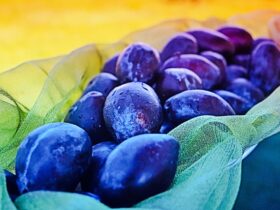








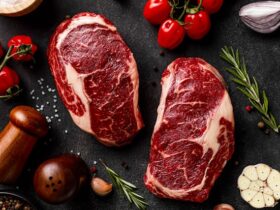
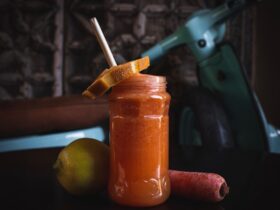



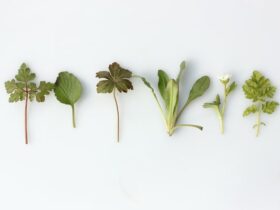








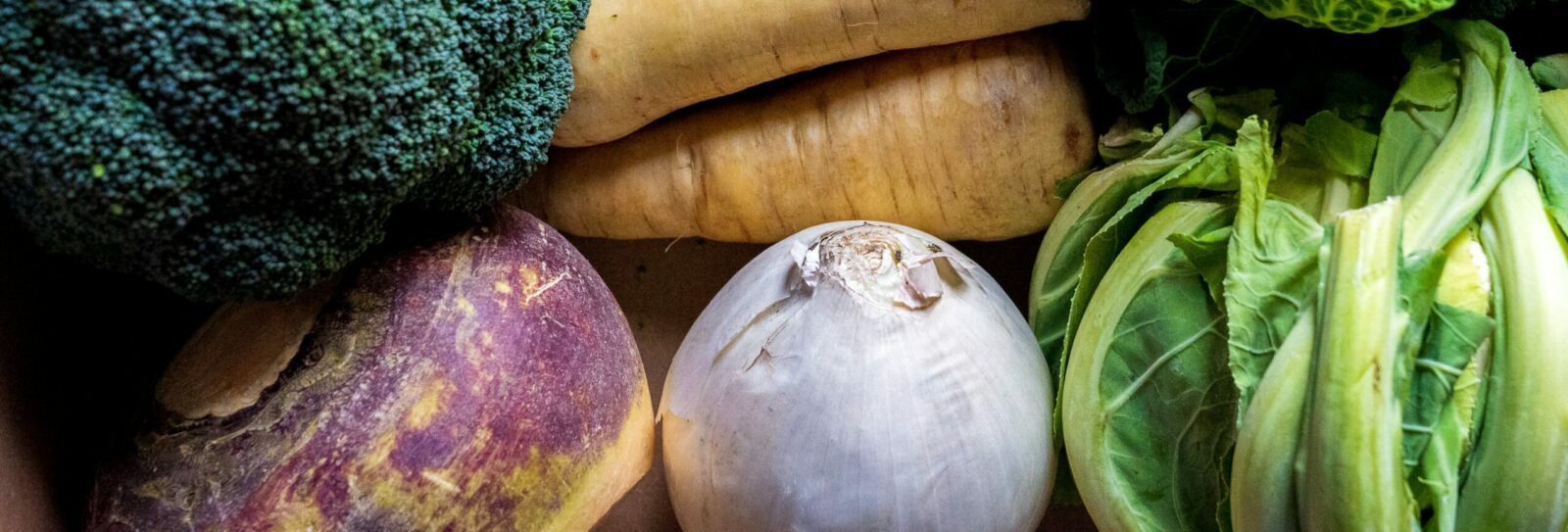



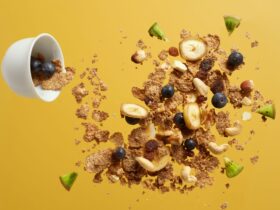
Leave a Reply